In the realm of fitness, the world of gym equipment is vast and varied, offering an array of tools to help you sculpt your dream physique and enhance your overall well-being. Whether you’re a seasoned gym-goer or a novice looking to embark on your fitness journey, understanding the different types of gym equipment and their names is crucial. Let’s delve into the world of gym equipment names and unravel the mysteries behind these essential tools of transformation.
1. Introduction to Gym Equipment
Gym equipment encompasses a wide range of tools designed to facilitate various aspects of fitness training. From cardio machines to free weights, each piece serves a specific purpose in helping individuals achieve their fitness goals.
2. Cardio Machines
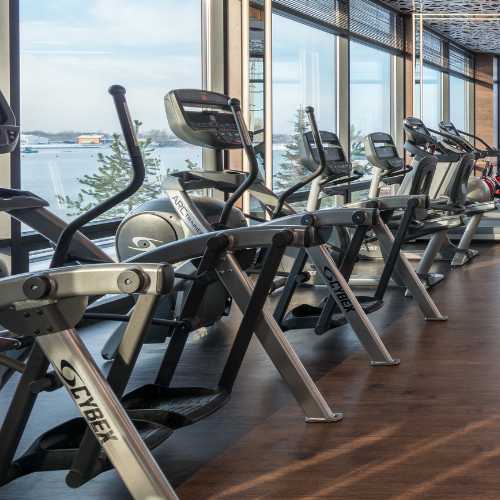
Cardio machines are designed to elevate the heart rate and improve cardiovascular health. Treadmills, stationary bikes, elliptical trainers, and rowing machines are popular examples that offer effective aerobic workouts.
3. Strength Training Equipment
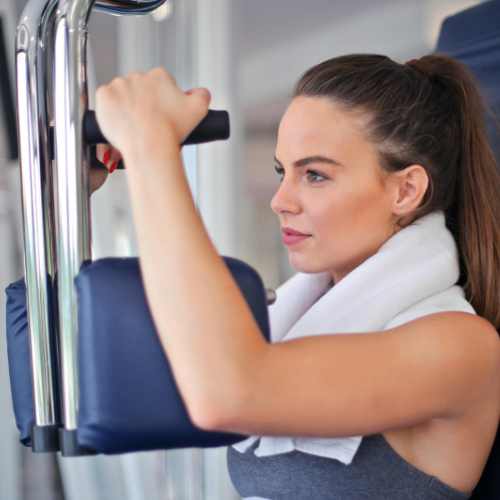
Strength training equipment focuses on building muscle strength and endurance. It includes machines like leg press, chest press, and cable machines, providing targeted resistance to different muscle groups.
4. Free Weights
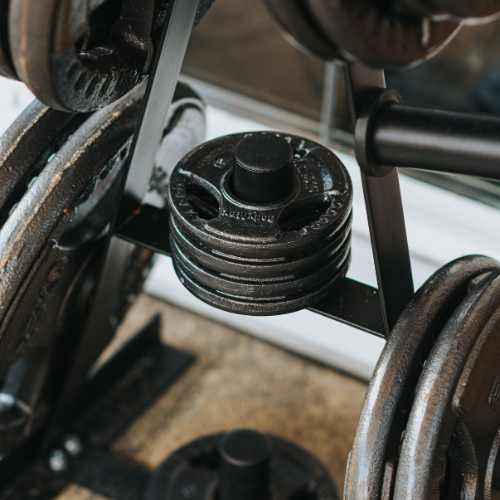
Free weights, such as dumbbells, barbells, and kettlebells, offer versatility in strength training routines. They engage in stabilizing muscles and allow for a wide range of movements, promoting functional strength and muscle development.
5. Resistance Bands
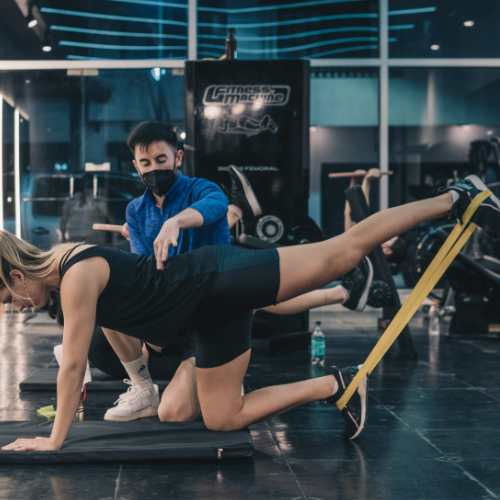
Resistance bands are portable and versatile tools that add resistance to exercises, helping to improve strength, flexibility, and range of motion. They are ideal for home workouts and rehabilitation exercises.
6. Flexibility and Mobility Equipment

Enhancing flexibility and mobility is essential for overall fitness and injury prevention. Equipment like foam rollers, yoga blocks, and stretching straps aid in stretching and mobility exercises, promoting flexibility and relaxation.
7. Functional Training Gear
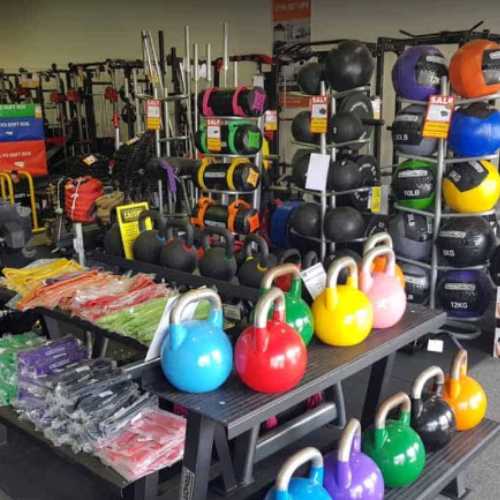
Functional training gear focuses on movements that mimic real-life activities, improving overall functional fitness. Equipment like stability balls, Bosu balls, and medicine balls challenge balance, coordination, and core strength.
8. Accessories
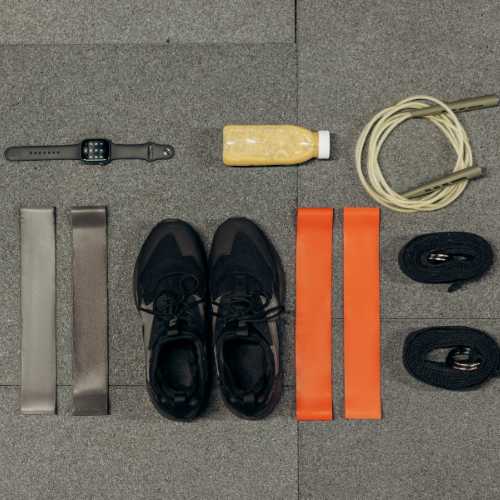
Accessories complement workouts and enhance comfort and safety. Examples include workout gloves, lifting belts, water bottles, and gym towels, offering convenience and support during exercise sessions.
9. Gym Machines
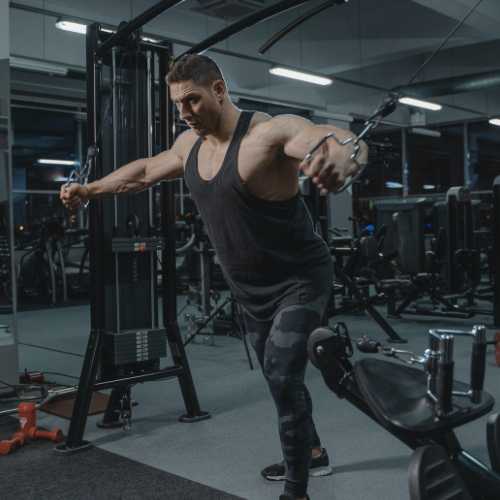
Gym machines provide guided resistance training, making them suitable for beginners and those recovering from injuries. They offer controlled movements and adjustable resistance settings, targeting specific muscle groups with ease.
10. Home Gym Essentials
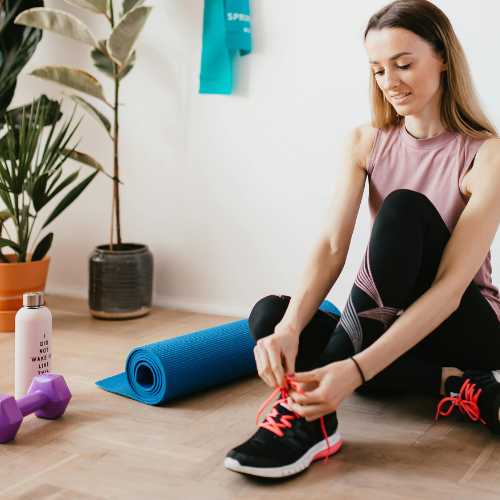
For those preferring the convenience of home workouts, home gym essentials like adjustable dumbbells, resistance bands, yoga mats, and stability balls provide the foundation for effective training routines without needing a gym membership.
11. Conclusion
Understanding the diverse array of gym equipment names empowers individuals to make informed choices regarding their fitness journey. Whether at the gym or home, selecting the right equipment tailored to specific fitness goals can accelerate progress and optimize results.